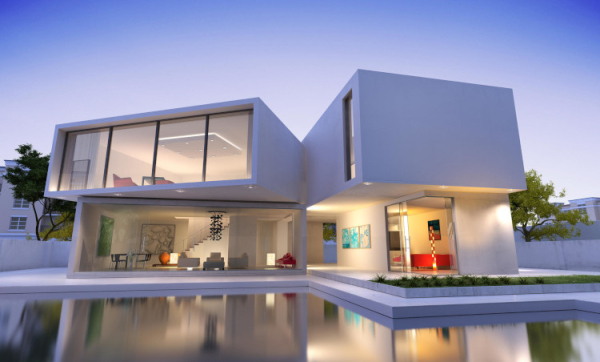Rendering is the process of applying a protective and decorative coating to the exterior walls of a building. It not only enhances the visual appeal of the structure but also provides additional insulation and protection against weather elements. There are several types of house rendering available, each with its own unique characteristics and benefits. In this article, we will explore some of the most common types of house rendering.
Cement Render
Cement render, also known as sand and cement render, is one of the most traditional and widely used types of rendering. It consists of a mixture of cement, sand, and water. Cement render is highly durable, resistant to weather conditions, and provides good strength to the walls. It can be applied in various thicknesses and can be finished with different textures and finishes.
Lime Render
Lime render is made from a mixture of lime, sand, and water. It is a popular choice for older and historic buildings as it allows the walls to breathe, preventing moisture buildup. Lime render is flexible and can accommodate the movement of older structures, reducing the risk of cracking. It provides a natural and attractive finish with a matte appearance.
Acrylic Render
Acrylic render is a modern type of rendering that uses a blend of acrylic polymers, sand, and additives. It offers excellent durability, flexibility, and weather resistance. Acrylic render is available in a wide range of colors and finishes, including smooth, textured, and patterned. It is easy to apply and provides a long-lasting and low-maintenance solution. Acrylic render is also known for its crack resistance and water repellent properties.
Mineral Render
One of the main advantages of mineral render is its breathability. It allows moisture to escape from the walls, preventing the buildup of condensation and reducing the risk of dampness. This makes it a suitable option for older buildings with solid walls that require moisture management. Mineral render is also highly resistant to weathering and can withstand harsh climates. It provides excellent protection against UV radiation, rain, and temperature fluctuations. Its natural composition and mineral content make it resistant to algae and fungal growth.
Insulated Render
Insulated render, also known as external wall insulation (EWI), combines a layer of insulation material with a rendering system. This type of rendering improves the energy efficiency of the building by reducing heat loss through the walls. Insulated render systems can consist of different insulation materials, such as expanded polystyrene (EPS) or mineral wool. They provide thermal insulation, enhance the building's appearance, and help to reduce energy consumption.
Silicone Render
Silicone render is a premium type of rendering that incorporates silicone into the mixture. It offers exceptional water repellent properties, durability, and flexibility. Silicone render is highly resistant to algae and fungal growth, ensuring a clean and attractive finish. It is available in a wide range of colors and finishes, including smooth and textured. Silicone render is easy to apply and requires minimal maintenance.
Conclusion
Choosing the right type of house rendering depends on factors such as the building's age, location, desired appearance, and insulation requirements. Cement render, lime render, acrylic render, polymer render, insulated render, and silicone render are some of the commonly used types of rendering. Each type offers its own unique benefits in terms of durability, weather resistance, insulation, and aesthetic appeal. Consulting with professionals and considering the specific needs of the project will help in selecting the most suitable rendering option.
